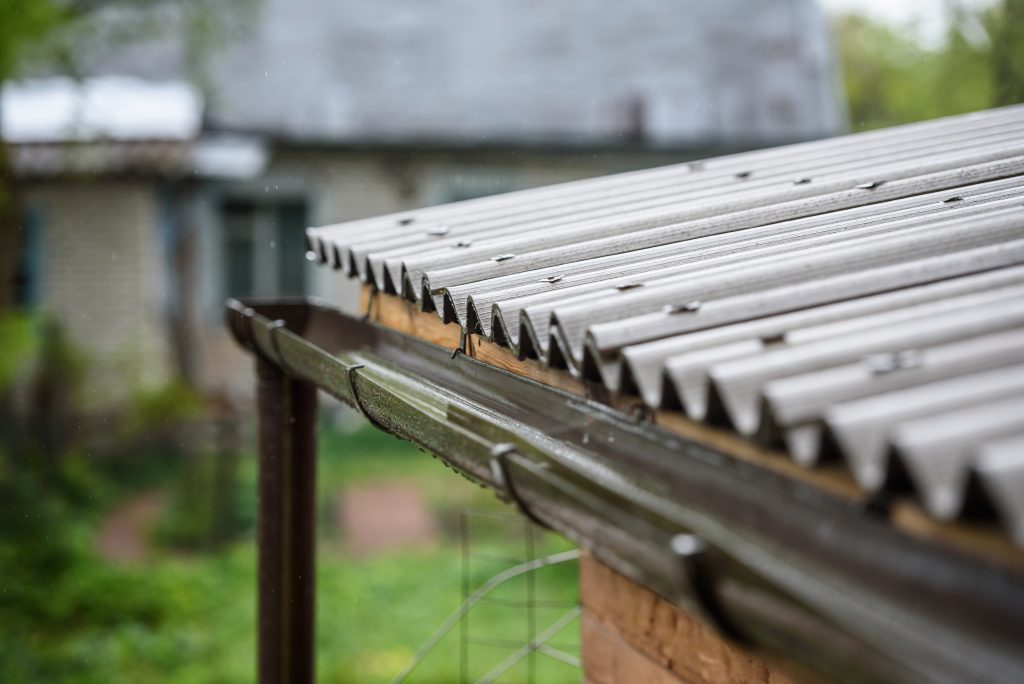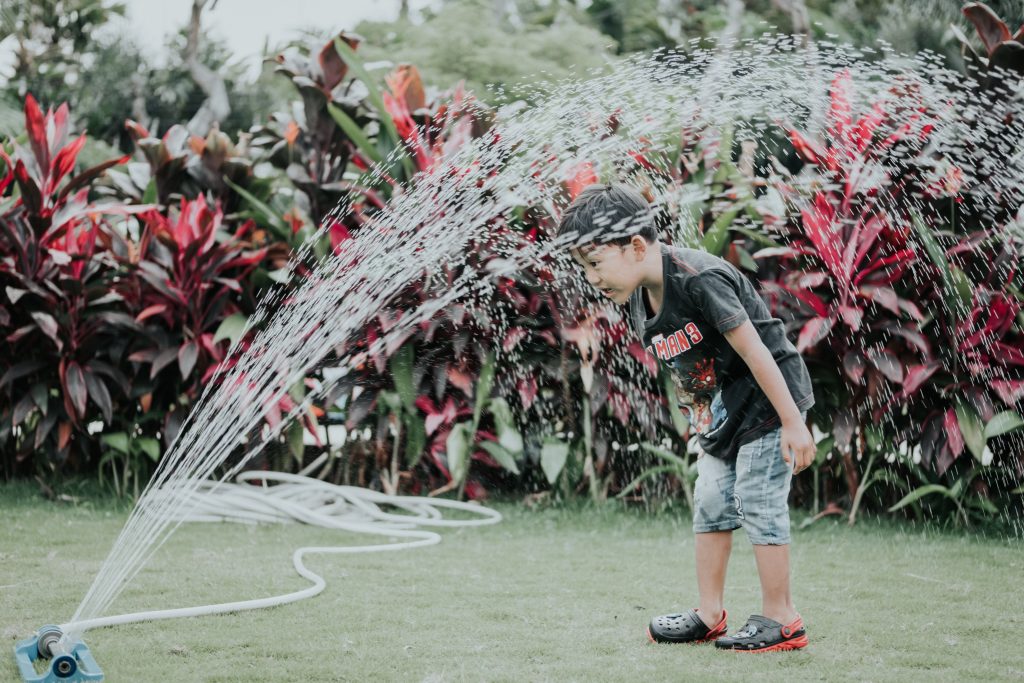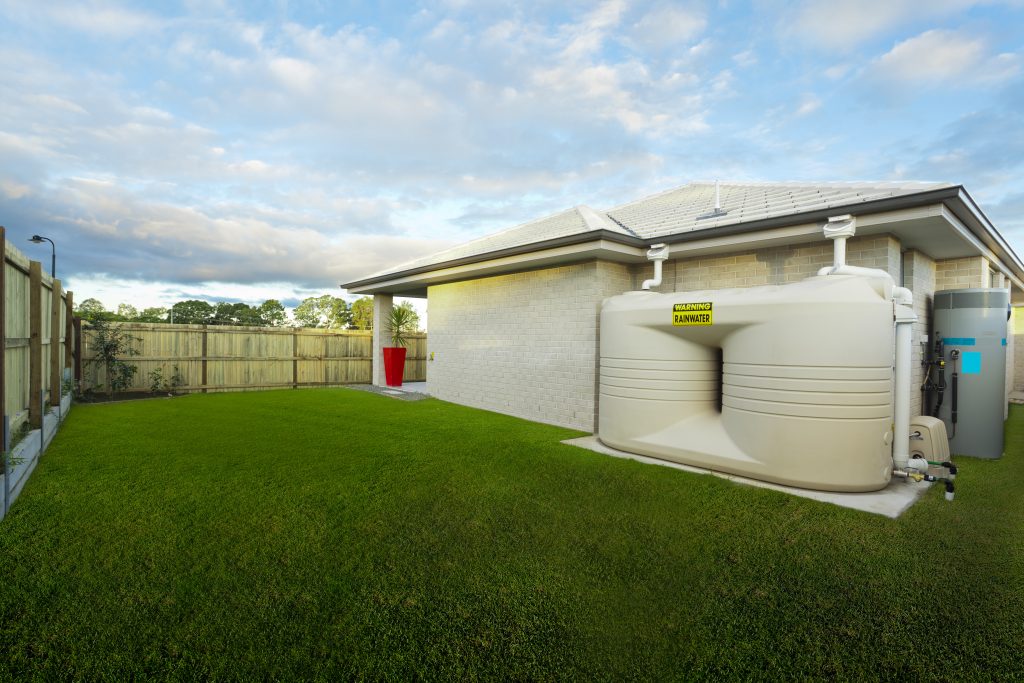Building your dream home? A rainwater tank will make a huge difference to your budget and to the environment. When properly installed and plumbed, a rainwater tank could save up to 40% of your drinking water supply (up to $200/year).

Installing a rainwater tank used to be difficult, due to the fact that they were illegal in many areas of the country. Now that we’ve spent a good while in drought, installing rainwater tanks has become a lot easier – and is even encouraged.
Because of their size and weight, there are certain regulations around their installation to ensure safety. Your local council will be able to tell you what is required in your local area (maximum height, placement, distance from property boundary etc.).
A rainwater tank is a great way to capture and store rainwater from your roof to use around your home and garden. Here’s our simple guide to choosing the right tank for your home.
Regulations
10,000L tanks don’t usually require council approval, but it’s always worthwhile double-checking.
Not all tanks are created equal!
Choosing a tank is an important decision as you obviously want to get longterm use out of it.

Here are 5 things to consider when choosing a tank:
- Size matters! Ask yourself the following questions to determine which size tank would suit your build:
- How big is your home?
- How many bathrooms?
- How many bedrooms?
- How big is your catchment area? Generally, each square meter of roof space collects roughly 1L of water, every 1mm of rainfall.
- What’s your style? Rainwater tanks are available in lots of shapes and colours. They’re available in above-ground and below-ground designs. Consider where the tank will be installed. How visible will it be? Will it sit behind a garden or trees? Or will it form a large part of the view?
- What colours are already featured in the home externals? Could you select a colour in line with existing gutters or frames?
- Will you be landscaping around the tank? If you’ll be using native Australian plants, perhaps consider selecting a colour which will act as a complementary background to the plants.
- If the area is small, perhaps a slimline shaped tank would work best?
- Choose your superpower. Most tanks will need a pump to supply water at the same pressure as your drinking water. There are external options, which simply sit on the ground, as well as submersible pumps which sit inside the tank.
- External pumps are generally longer-lasting but do take up space outside the tank. Although small external pumps are ideal for simple residential usage, depending on the property size, irrigation needs and water use due to their energy efficiency. Noise levels can be lowered by adding a pump cover.
- Submersible pumps are considered to be quieter and don’t take up any extra space. They require their intake to be raised from the bottom of the tank, avoiding the pump sucking in any dirt.
- Check your pipes. How will the tank connect with the home’s downpipes and stormwater pipes? If you can maximise the roof catchment area, you’ll maximise the water savings so take this into consideration when in the design phase of your build.
- What’s your budget? If you’re looking for an economical option, perhaps consider a 2000L tank and connect it to at least 75% of your roof space. Have this professionally connected to at least one regularly used internal plumbing fixture (eg. toilet, washing machine) and to ensure you get a lot of value for your purchase.

If you have any issues, please don’t hesitate to contact us! We love making sure the owner builds go off without a hitch and work hand in hand with owners and contractors until the project has been completed.
Sources:

